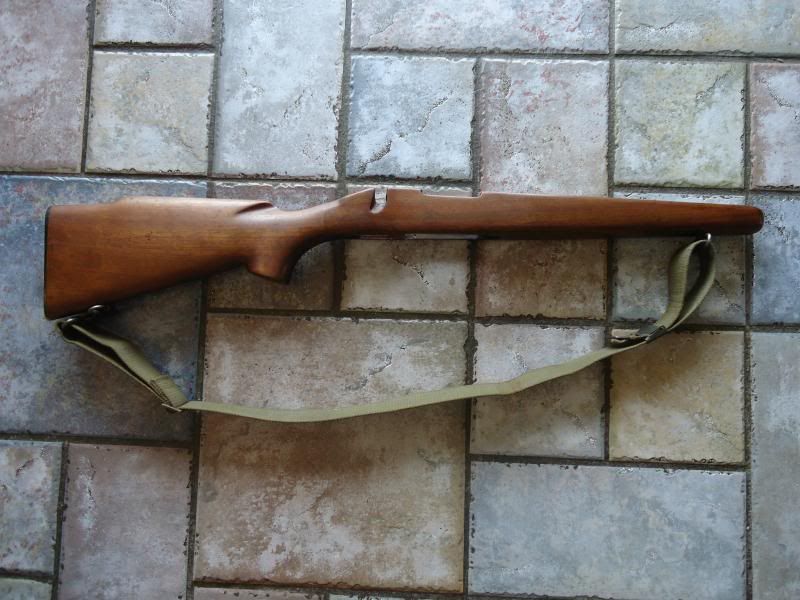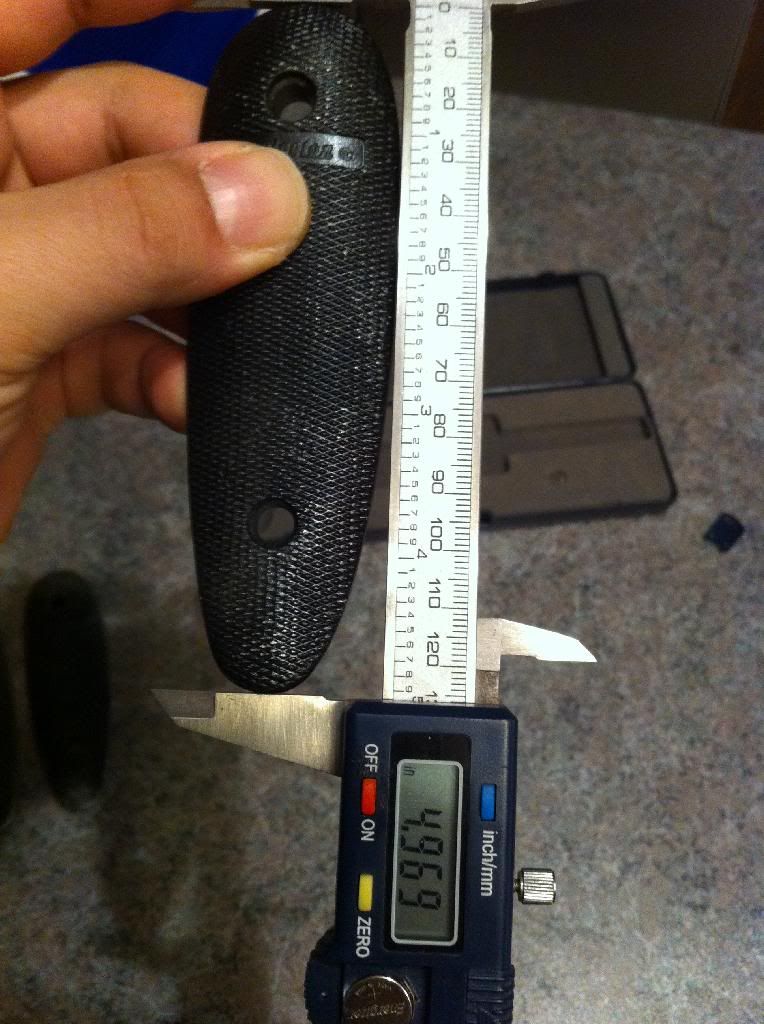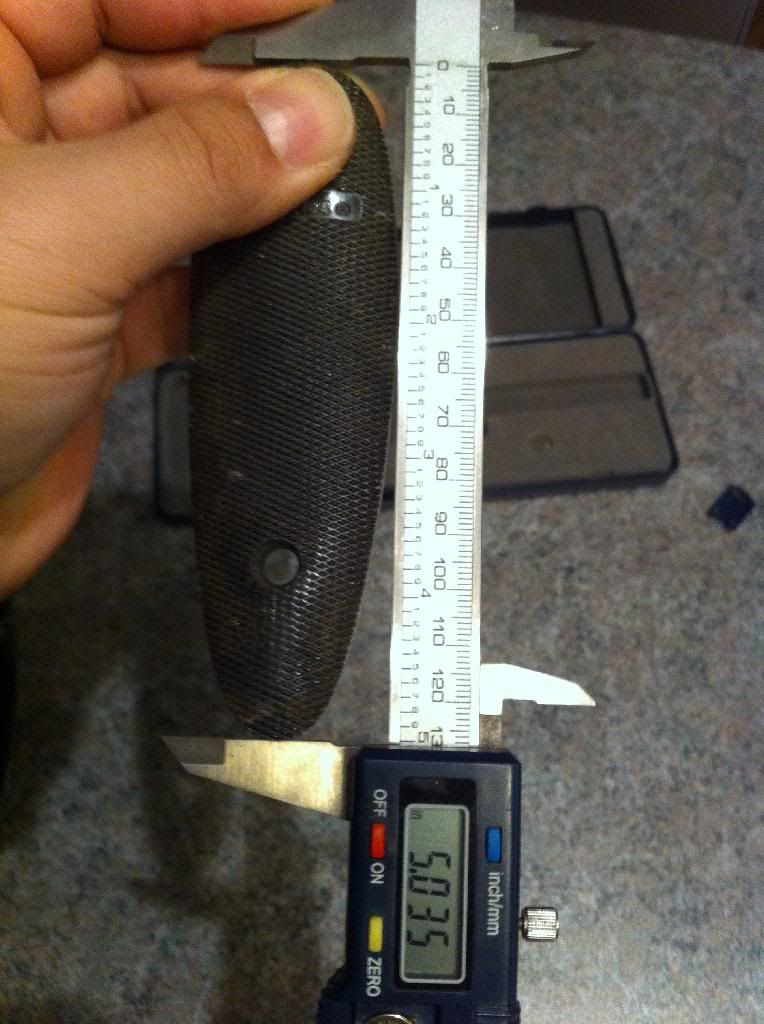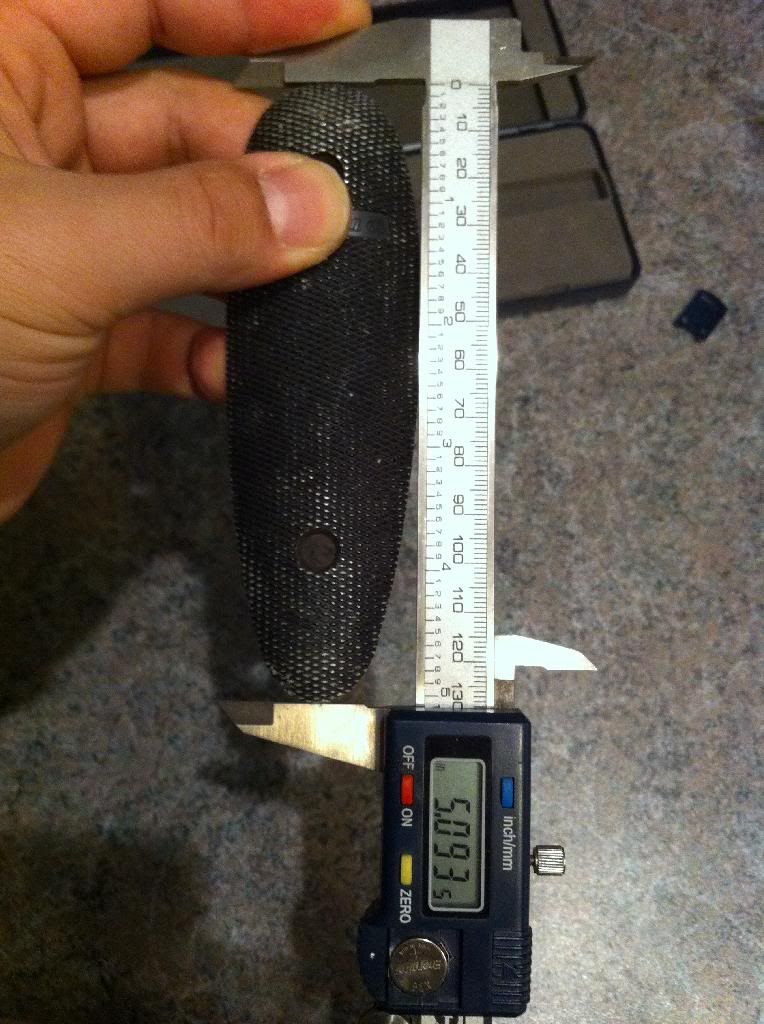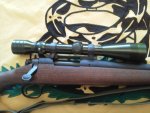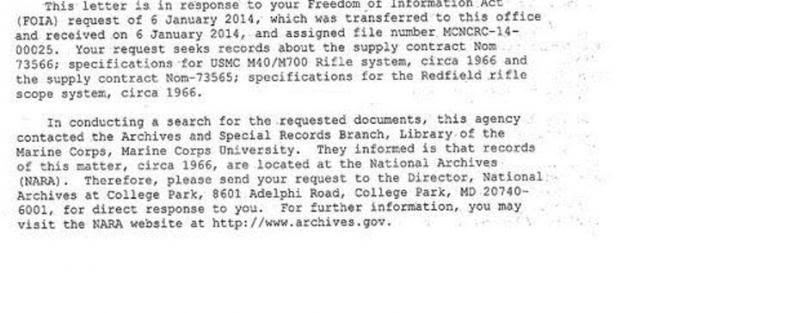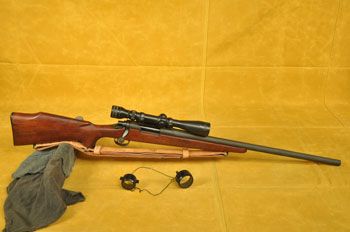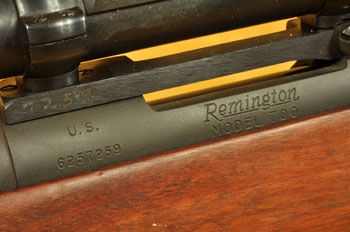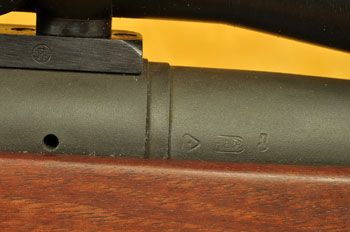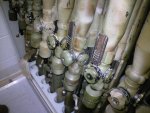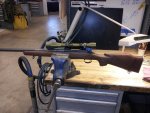A different approach...
I need for some member to measure (as exactly as possible) the length of the 16601 butt plate and post it.
[I'd do it myself, except for the fact that I put mine back in storage. ]
]
Thanks!
I need for some member to measure (as exactly as possible) the length of the 16601 butt plate and post it.
[I'd do it myself, except for the fact that I put mine back in storage.
Thanks!

